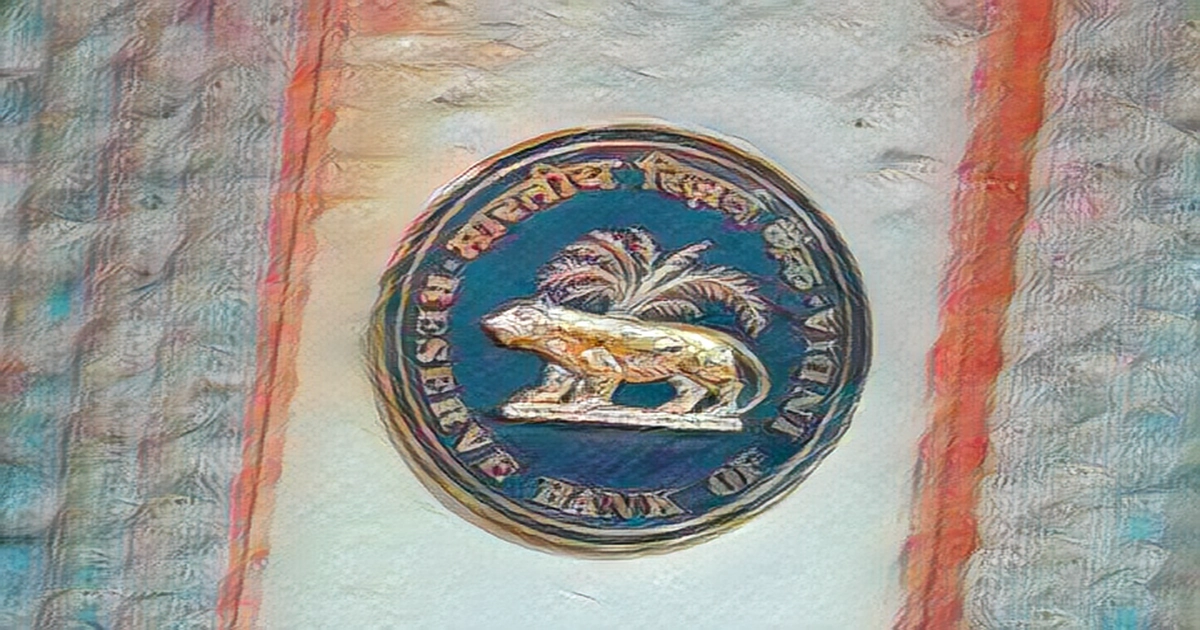
A process that includes the pooling of loans and selling them to an SPE then issues securities backed by the pool. In the case of stressed assets, the originator of non-performing assets NPAs sells them to an SPE, which in turn appoints an entity to manage the investors who buy securitisation notes, which are paid based on recovery from the underlying assets. The role played by managers in securitisation of is related to experience in working out of NPAs, efficacy of the business plan, recovery strategies and management, among other factors, the said. There is no corresponding mechanism for securitisation of NPAs through the SPE route, as the revised framework for securitisation of standard assets was issued in September 2021. The market feedback led to the decision to allow such a process. The RBI said in the paper released on Wednesday that the role of SPEs and managers is of paramount importance because of their involvement with resolution recovery exercise of the underlying exposures and reporting requirements for financial regulators under the SSAF securitisation of stressed asset framework. In initial talks with select market participants, the views were broadly in line with the global experience on the matter of choosing assets, with the focus on retail stressed assets such as mortgages, unsecured personal loans and loans taken by MSMEs. Even where the assets are stressed, the cash flows are relatively predictable, and borrowers often continue to make regular payments, according to the RBI. The RBI said that it was possible to allow large stressed corporate accounts, but the downside was that the accounts could result in highly uncertain cash flows and delays in decision making. On the other hand, these assets have significant enterprise value backed by tangible security and could potentially draw a wider investor base. Since these accounts form a major part of the NPAs of the financial sector, excluding them from SSAF will limit the universe of underlying pools, the RBI said in the paper. With regard to access to funds for resolution managers, amongst other options, the RBI s paper suggested a pro-rata contribution by the resolution manager with regard to funds obtained from lending institutions other than the originator. The paper has a question whether the framework on securitisation of stressed assets should only be limited to NPAs or should include standard assets up to a certain threshold. The RBI said that there may be pertinent implications with regard to regulatory arbitrage and impact on resolution strategy and effectiveness. Such an approach would balance out the dezirability of the resolution manager to have skin-in-the-game, without the onus on the Resolution Manager to finance expenses from their own funds only, the paper said. The central bank said it was important that Resolution Managers be independent from the originators of the loans. The case of having an independent RM under SSAF is perceived as a strong point for investors compared to the case where the originator manages the assets via their specialized servicing unit. RMs who are independent from the originator can bring up-to-date recovery mechanisms and would be able to treat all portfolios in a similar manner, the RBI said.
